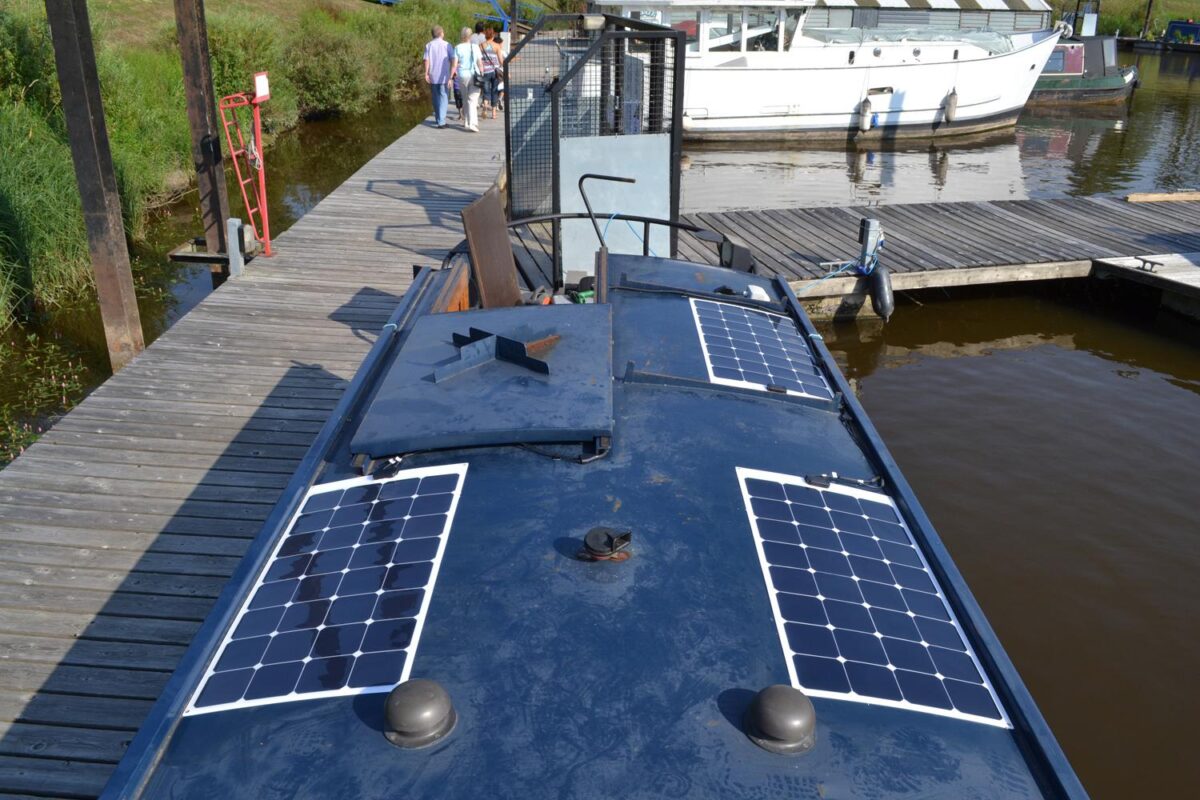There are three basic types of solar panels: monocrystalline, polycrystalline, and thin-film panels. The cells that comprise these panels determine their type. Each PV(photovoltaic) cell classification has distinct characteristics, making each panel type suited for specific situations.
Solar Panel Types
Monocrystalline
Monocrystalline panels have become popular in rooftop installations today. They are manufactured using the ‘Czochralski’ method, where crystal silicon is melted at high temperatures into a tank of authentic silicon. As a result, it forms one silicon crystal, also known as an ingot. Then is sliced thinly into silicon wafers used as solar modules.
Polycrystalline
Polycrystalline panels or multicrystalline panels have also become popular in households committed to green energy yet on a tight budget. Just like monocrystalline solar panels, polycrystalline modules consist of silicon cells. They only differ in the cooling process, where many crystals are formed instead of one.

Thin Film
Thin-film cells are commonly used in industrial installations and large-scale utilities because they have lower ratings for efficiency. They are created by placing a layer of PV substance onto a surface (e.g., glass). These PV substances include a-Si (Amorphous silicon), CIGS (Copper Indium Gallium Selenide), and CdTe (Cadmium telluride).
Panel Performance
Best Performance: Monocrystalline
Monocrystalline panels have an efficiency rating that ranges from 15 to 20 percent, making them the most efficient panel type. The efficiency of monocrystalline solar panels makes them perfect for households with small roof space, requiring only a few panels to produce enough electricity.
The efficiency of this type of panel is thanks to its manufacturing process, as they are made from one silicon crystal. For that reason, electrons can flow easily throughout the PV cell, increasing total output.

Average Performance: Polycrystalline
The efficiency rating for polycrystalline panels ranges from 13 to 17 percent. That is because of how the electrons move via the PV cell since they contain many silicon cells. There is lesser efficiency because electrons cannot move freely.
Nevertheless, new manufacturing processes and technologies have slightly increased efficiency in new polycrystalline panels, supplementing the gap between polycrystalline panels and their monocrystalline counterparts.
Poor Performance: Thin Film
Thin films have the poorest performance when it comes to efficiency ratings. Generally, commercialized thin films have a rating of 10 to 13 percent. To meet energy needs, one must install many thin films in a large space to generate equal amounts of energy that crystalline panels produce. For that reason, thin-film panels are not ideal for private home installations.
It is evident that monocrystalline panels best suit residential homes, especially those with limited space. Though they come at a high price, you will get a panel system that guarantees high performance and durability. Moreover, you can save more in time because of the total output and efficiency you will harbor from monocrystalline panels. However, if monocrystalline is too expensive for you, you can still benefit from a polycrystalline panel at an affordable price.







